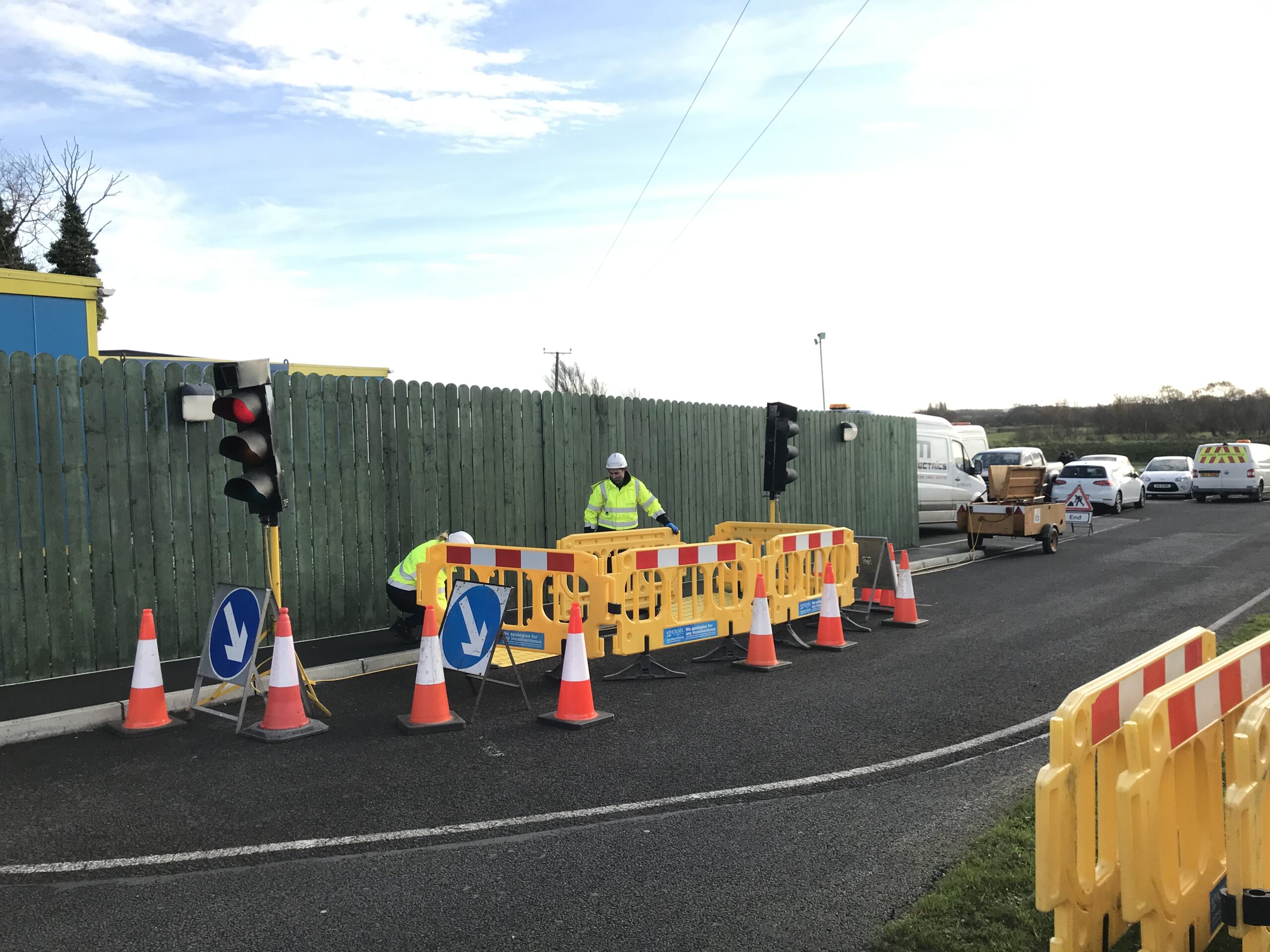Do you suffer from back pain on a daily basis? Unfortunately, back pain is extremely common and something most of us will experience at some stage in our lives. It can be triggered or exacerbated by our work environment where manual handling is involved in daily tasks.
Back pain continues to be the number one cause of job-related disabilities as well as being a leading contributor to employees missing days at work due to painful musculoskeletal disorders
Back pain is not restricted to those undertaking manual jobs, it can also affect those in sedentary jobs that requires sitting for long periods. The reality is that office staff or individuals undertaking deskbound jobs spend an average of 9.5 hours sitting every day! Factors such as inactivity, poor or awkward posture, sitting in one static prolonged position, insufficient space to work in or bad lighting can make individuals vulnerable to back, neck and shoulder pain.
Why is Work-Related Back Pain a Common Condition?
Work related back pain is a very common condition because all working environments require some form of manual handling. Those most likely to be exposed to handling of high-risk heavier loads include construction and agricultural industries. However, manual handling is also present in the retail sector, particularly for warehouse and delivery staff as well as with postal and courier workers, healthcare industries, manufacturing sectors, motor industries and even the hospitality sector with hotel and restaurant staff needing to lift and manoeuvre catering supplies, furniture and associated equipment.
Sprains, strains and posture problems can arise from the following activities in the workplace:
- Carrying heavy loads awkwardly
- Stretching, twisting, crouching
- Undertaking repetitive tasks such as packing products or continual lifting
- Remaining in the one position for long periods of time
- Working at computers with poor posture
- Uncomfortable working conditions
Ensuring the Safety of Employees in the Workplace
Employers have a duty of care towards employees (Health and Safety at Work Act). They are responsible for preventing or minimising risk, injury and accidents in the workplace as well as ensuring staff are appropriately trained in manual handling techniques. By pushing, lifting, pulling and carrying a load, employee are instantly exposed to manual handling risks and hazards. Industry Training Services provides Manual Handling training which is designed for individuals who carry out manual handling as part of their work. This half day training course provides awareness of areas including tasks, loads, the working environment, individual capacity, general risk assessment and more. This classroom-based course is entails both theory and group activity and finishes with a multi-choice questionnaire. Training is also available on clients’ site.
The top 5 tips to remember when lifting heavy objects are:
- Assess the load: Before lifting a heavy object, assess its weight, size, and shape to determine the best approach. Plan your lifting path to ensure that there are no obstacles in the way.
- Get a good grip: Ensure that you have a good grip on the object before lifting it. Wear gloves if necessary to improve your grip and prevent the object from slipping.
- Use your legs: To lift heavy objects, use the strength in your legs rather than your back. Bend your knees, keep your back straight, and lift the object using your leg muscles.
- Keep the load close: Keep the heavy object as close to your body as possible while lifting it. This will reduce the strain on your back and make it easier to control the load.
- Ask for help: If an object is too heavy for you to lift safely, ask for help from a co-worker or use equipment such as a dolly or forklift to move it. Don’t risk injuring yourself by trying to lift more than you can handle.








